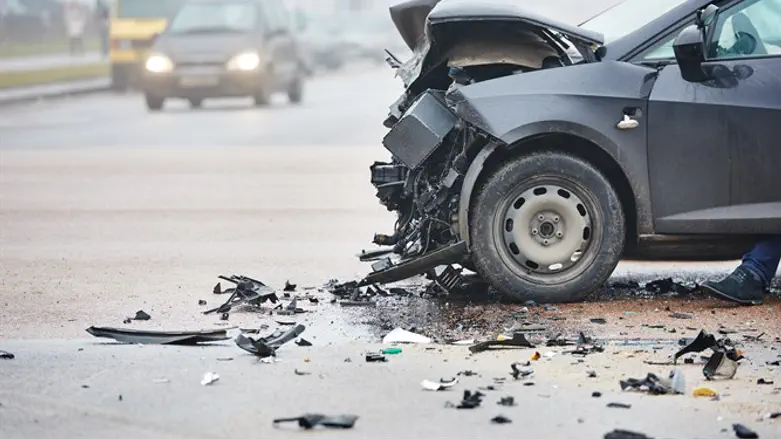
Street Safety Awareness Week has begun, and the number of deaths on the roads due to accidents since the start of this year is already close to 300, the highest ever recorded, according to Israel Hayom.
According to the National Road Safety Authority campaign, 299 people were killed on the roads from the beginning of 2021 until Saturday night, which is 19% more than in the same period last year, and the highest number of deaths in the same period since 2017. It should be noted that in 2020, 302 people were killed.
It further shows that in 2021, the months of March until September were the deadliest months in the last four years. The number of two-wheeler riders killed hit 76 since the beginning of the year, the highest figure ever. Eighty-four of those killed were pedestrians, and 77 were killed in accidents involving heavy vehicles. Ten of the dead were cyclists and 15 were cyclists on electric bicycles and scooters.
The fear is that Israel will soon cross the threshold of 300 deaths and that by the end of the year the country will exceed the number of deaths from the past year. The director-general of the Road Safety Authority says that this is a "sad picture, this struggle is a national goal."
Many ideas have come up in recent years about the way to stop the deaths on the roads: information, increased enforcement, committees in and outside the Knesset that approve plans, care for infrastructure - but the death toll remains high.
In November 2020, the government ordered the Ministry of Transportation to submit a multi-year national plan to reduce casualties in road accidents within 120 days. The plan, formulated by the National Road Safety Authority, is based on the principles of the World Health Organization in 2017. According to the organization, a plan should be formulated that will be implemented by 2030, and its main purpose is to reduce at least half of the number of deaths.
The plan includes the reduction of speed through regulation or legislation; broad enforcement; improving infrastructure in Arab society, where there was an increase in casualties; rapid treatment in high risk areas; integration of technologies and safety systems for vehicles; education for prevention and proper driving, with an emphasis on distractions, alcohol and drugs; increasing the perception of risk among young drivers and motorcyclists, and more.